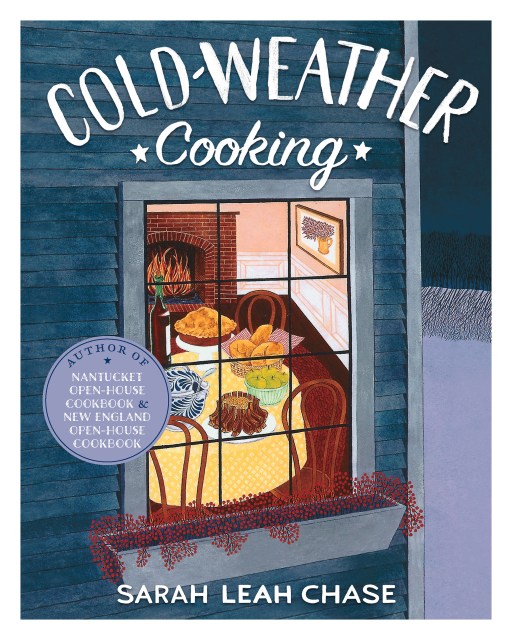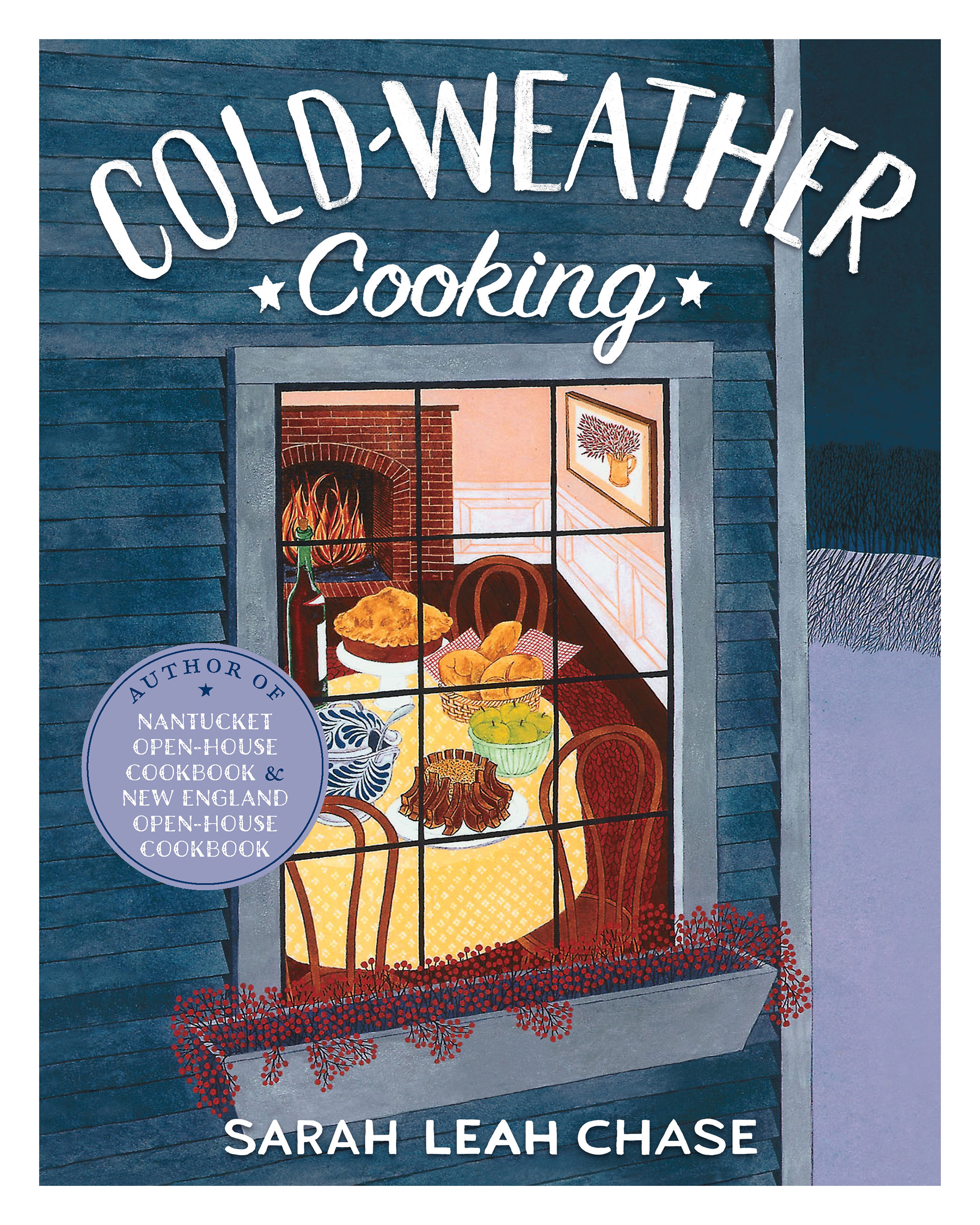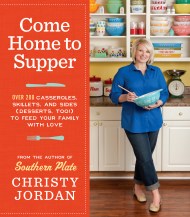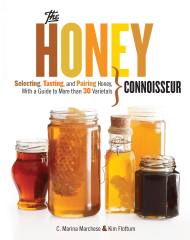Promotion
Use code MOM24 for 20% off site wide + free shipping over $45
Cold-Weather Cooking
Contributors
Formats and Prices
Price
$11.99Price
$15.99 CADFormat
Format:
- ebook $11.99 $15.99 CAD
- Trade Paperback $24.99 $31.99 CAD
This item is a preorder. Your payment method will be charged immediately, and the product is expected to ship on or around January 11, 1990. This date is subject to change due to shipping delays beyond our control.
Also available from:
Guided by a sense that winter is the season for seasonings-from ginger, garlic, and rosemary in Mixed Winter Squash Provencal to the cilantro and walnut crust on a dazzling Roast Rack of Lamb-this gifted cook and author provides dishes that are even gutsier than her summertime favorites. She pays special attention to the late harvest, helps cooks make the most of fall fruits and vegetables, offers chapters on winter grilling and cooking over the hearth.
More than 300 recipes range from bracing drinks for the first sign of autumn to glorious spring dishes for an Easter celebration. Warm Tomato Pie. Wild Rice, Mushroom, and Oyster Bisque. Pasta with Gorgonzola and Spinach. Plus Scallops in Sweet and Hot Lime Sauce, Deviled Beef Ribs, Broccoli with Toasted Hazelnuts and Pancetta, Sweet Potato Pancakes, Pumpkin Bread Pudding, Chestnut Mousse Cake, and Christmas Truffle Tart. Selection of the Book-of-the-Month Club’s HomeStyle Books. 112,000 copies in print.
Genre:
- On Sale
- Jan 11, 1990
- Page Count
- 432 pages
- Publisher
- Workman Publishing Company
- ISBN-13
- 9780761185130
Newsletter Signup
By clicking ‘Sign Up,’ I acknowledge that I have read and agree to Hachette Book Group’s Privacy Policy and Terms of Use







